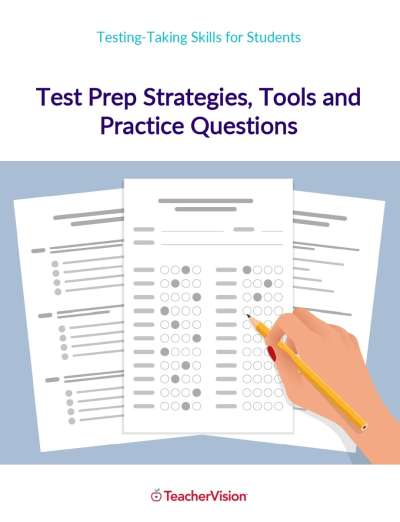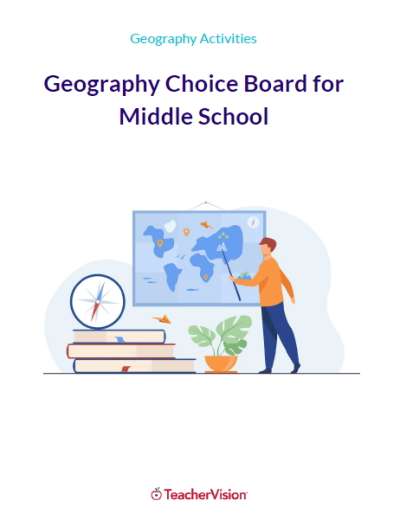Earthquakes can occur at any time and in many parts of the world. They cannot be predicted, and to some extent loss of life, injury, and disruption are commonplace. Long periods of after-shocks also cause great concern. Preparing students with exceptionalities to deal with earthquakes poses a great challenge because most of these students have difficulty learning as early and comprehensively as other people. Many do not readily understand concepts presented in the abstract.
Other natural disasters are medical in nature. The AIDS virus infects more and more people. Because its devastating effects are felt everywhere, it has become a natural disaster. Other diseases like the Ebola virus can also have disastrous effects on communities. Although this virus has primarily affected individuals in other countries, an outbreak or epidemic of the Ebola virus could strike in the U.S., especially in families or neighborhoods where medical assistance is expensive and not readily available.
Physical plant failures can lead to disasters and may be brought about by natural occurrence, mechanical malfunction, or utility dysfunction of the facility. The scope of the crisis can range from a minor inconvenience to a terrible catastrophe that includes property damage, injury, or the loss of life. Broken pipes, the loss of air conditioning or heat, and the loss of utilities are minor types of disaster. These may cause a disruption but usually not for long periods of time. Major disasters include spillage of hazardous materials, explosions, fire, live downed electrical wires, or gas leaks.
Another major threat to life and property is fire which kills some 12,000 people in the United States each year, over 2,000 of them children. Fires in schools, hospitals, institutions, and hotels are frequently of catastrophic levels. In addition to the materials burned, water or smoke damage is prevalent. Fires have many causes but in the majority of school buildings, they frequently are the result of arson. This becomes a serious problem for general and special educators. Schools in remote forest areas may also be threatened by forest fires.
Additionally, disasters can be deliberately caused by humans, and the results can be even more devastating for children and youth than those caused by natural disasters or accidents. Bombings or terrorist attacks are more difficult to deal with because no reasonable or logical explanation exists for its inhuman action. The long-lasting fears, mental images, and horrors are difficult to assuage. One can take precautions against natural disasters, but it is much more difficult to do so against terrorists because the place and time of their strike is nearly always unexpected and unpredicted.
More on Helping Students Deal With Crises.
Excerpted from Disruption, Disaster, and Death: Helping Students Deal with Crises.





